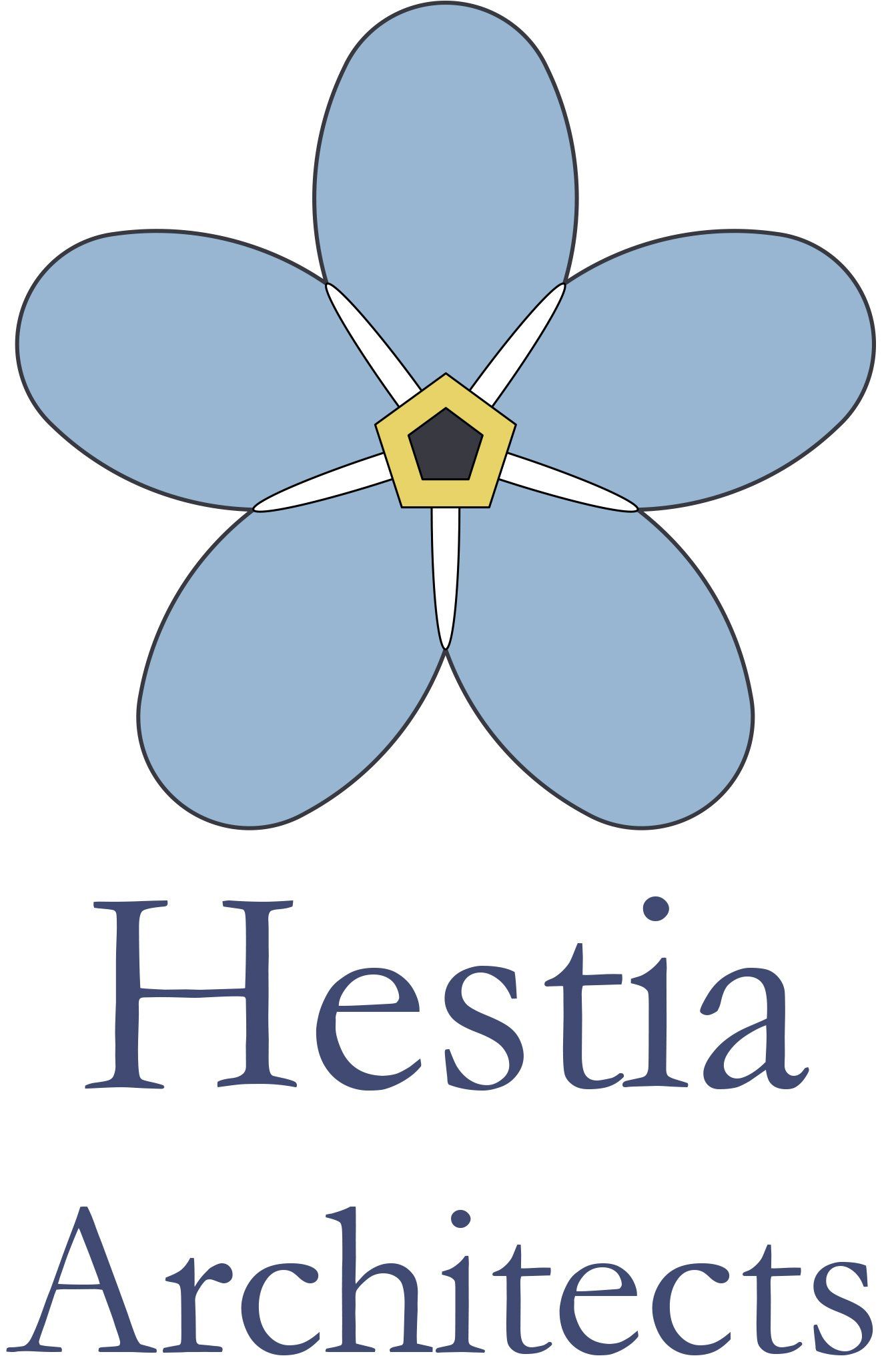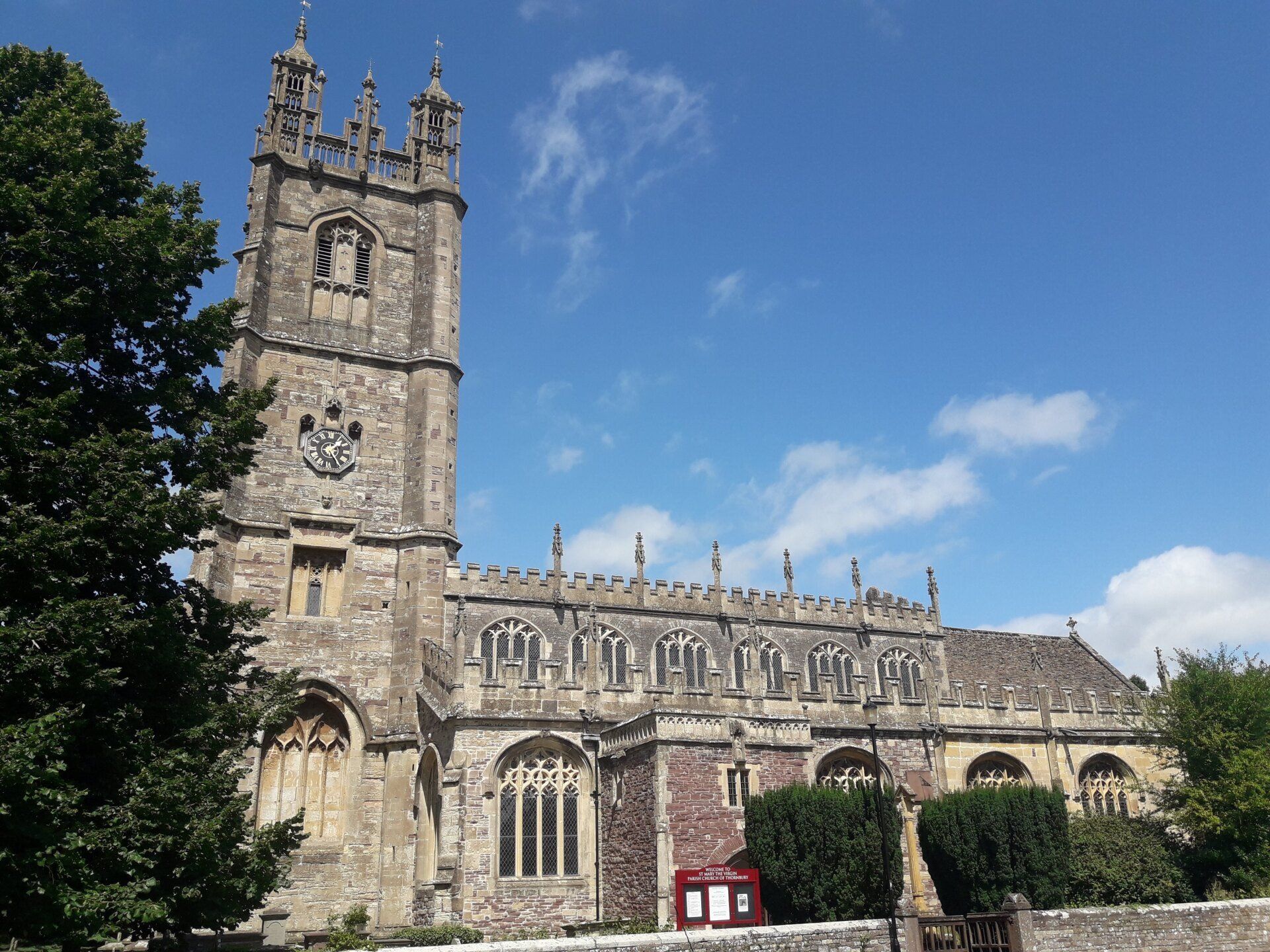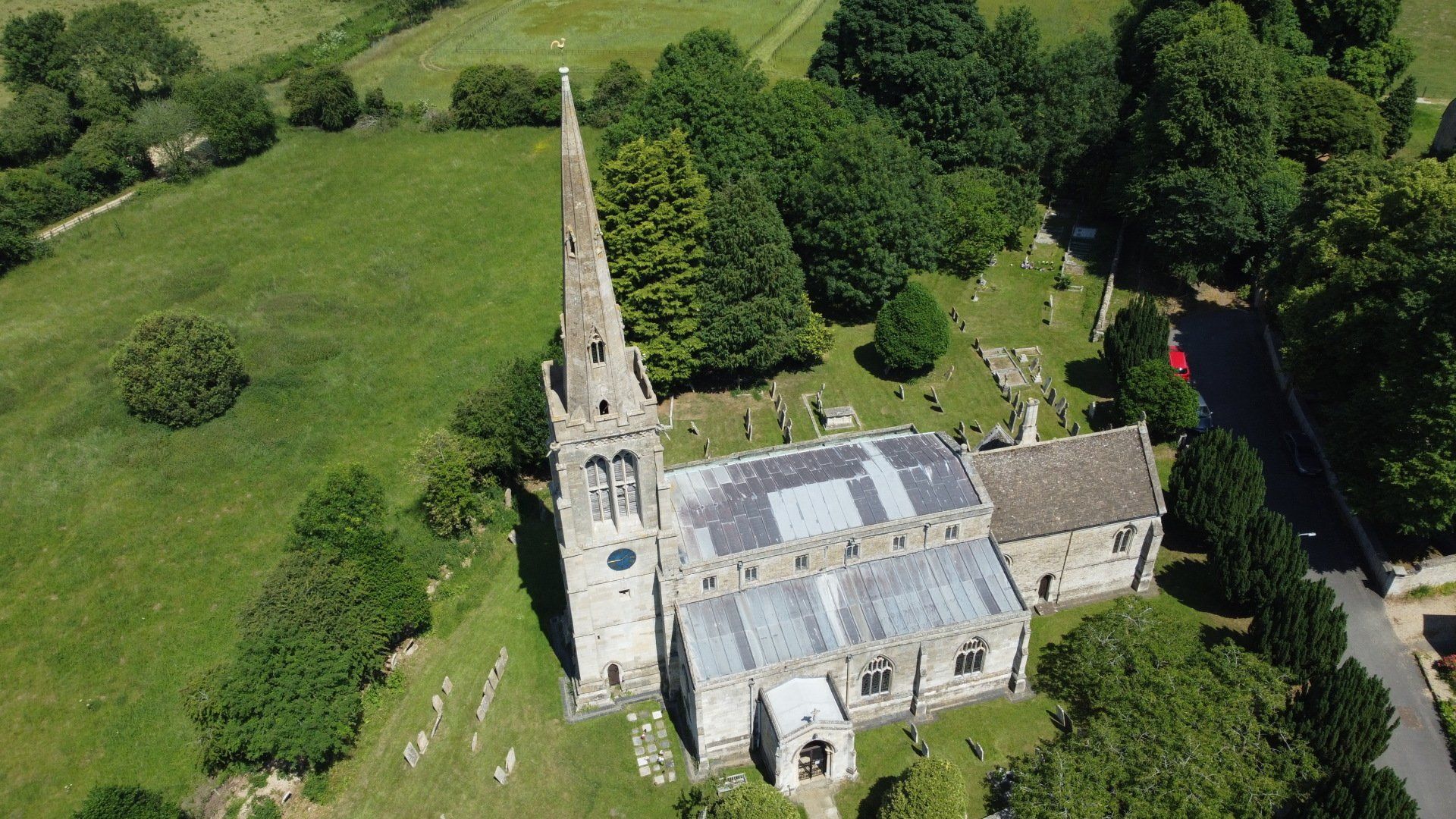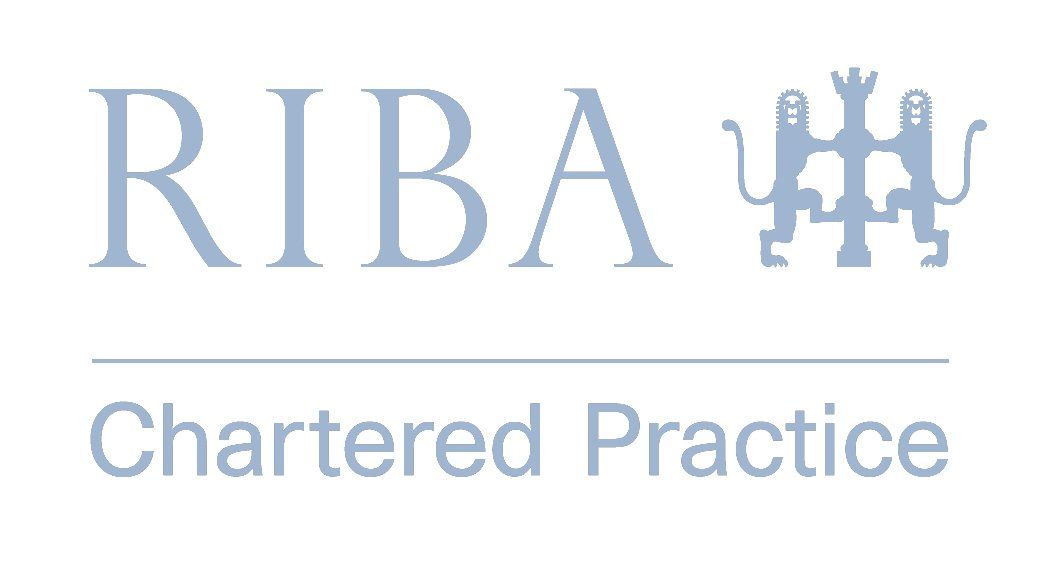Practice Approach
Architecture, sculpture, paintings and carvings are a testament to people who, like us, were working to make the world more ordered and beautiful. In many incidences these artefacts may be the only remaining evidence of that craftsman’s life and work. Similarly, the commissioning of these artefacts bears witness to the will and emotions of our forebears and their lasting wish to erect an edifice to signify their existence or to honour God. Bearing this in mind, it is with a feeling of sensitivity and honour that we conserve and manage change to these great national monuments which are testaments to our past. As William Morris said: “We are… [the] …trustees for those that come after us.”
Our sentiments are strongly guided and informed by the SPAB Manifesto & Conservation Philosophy of minimal intervention to the fabric, retaining surviving historic material where possible; using like-for-like materials, technologies and methodologies, thereby keeping traditional craft skills alive. We also have respect for the changes and developments in a building’s history, seeking to preserve the layers of time and allowing our buildings to age gracefully.
New architecture should combine respect and pride to do justice to the age we live in, and thereby stand with dignity alongside the architecture that we have inherited. Architecture is rooted in the soul of a place. When we build, we seek to create order out of disorder; we are enclosing and providing shelter from the elements; we are taking natural materials - clay, stone and plants - which we fire, smelt, hew, weave and shape to form blocks, beams, coverings, tiles, glass, decorative materials and fabrics. From these we create columns, walls, roofs, floors and windows to make our buildings habitable, warming them with fire and insulation. Finally, we make them beautiful to satisfy our soul and to honour higher powers. We make architecture.



